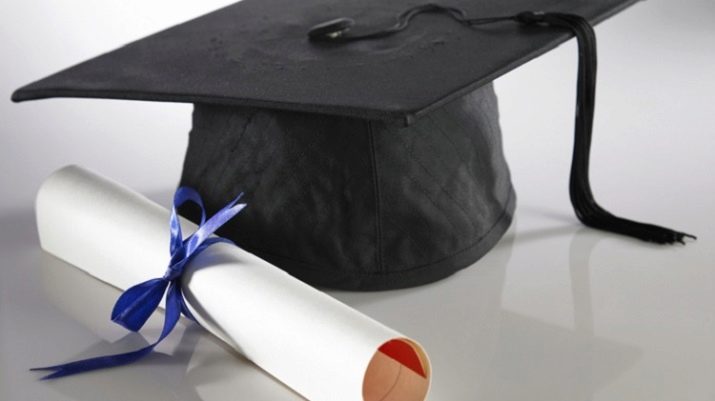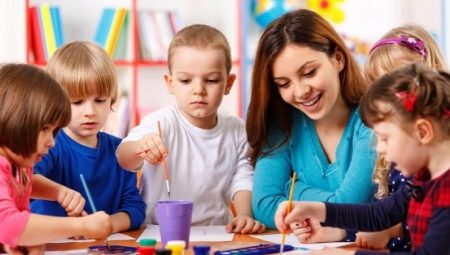In the classifier of professions, a drawing teacher belongs to the section "Education and Science". This specialist can work in secondary schools, colleges, institutions of further education. His task is to teach children the basics of visual literacy, to teach drawing to the best of everyone's abilities.
Description
It is immediately worth noting that the ability to draw well, a certain amount of knowledge behind you (for example, an art school) is not yet an indicator that a person can become a good teacher. Even studying at a university in this field is not a guarantee that a person will have a pedagogical career.
It is not for nothing that teaching is considered a vocation, and a drawing teacher is no exception.
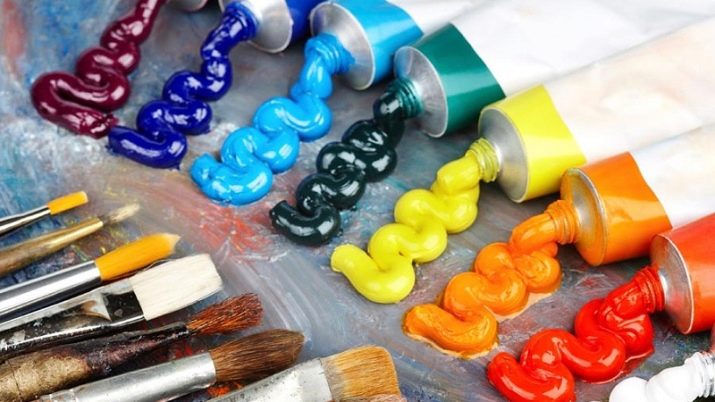
On the one hand, to say about the professional relevance of teachers of fine arts - it means to describe not the most rosy picture. In secondary schools, hours of fine art and drafting are reduced, which makes it difficult to dial hours at a rate in one educational institution. On the other hand, many private educational centers, children's development schools and other sites are opening where teachers of fine art can professionally realize themselves.
To become a teacher of drawing, you need to have a higher professional education or specialized secondary specialized education. The teacher of fine arts is subordinate to the director of the educational institution, is guided in his professional activity by the Constitution of the country, the Law on Education, as well as the job description of the teacher of fine art at school.
Like any other teacher, he not only leads lessons, but also takes part in extracurricular activities of the school (contests, events, promotions) can be a class teacher. Often, teachers of fine arts have to work part-time: in order to gain the optimal number of hours, they often work in schools and, for example, in the House of Children's Creativity. Or, in addition, the teacher of fine arts conducts drawing at school, is engaged in circle work.
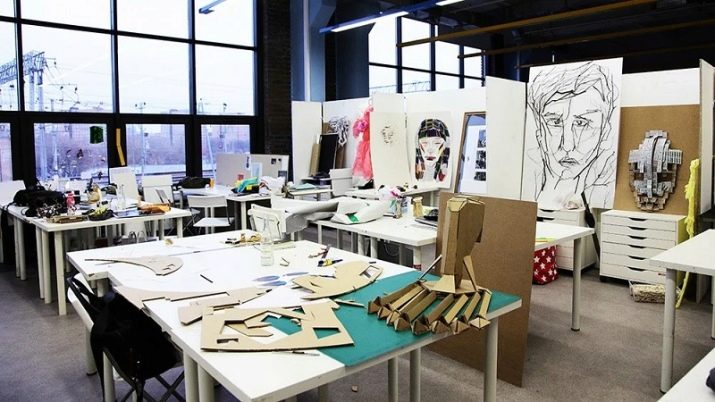
Job responsibilities
Before you think about choosing this profession, find out what you have to do. This is not only about training and education of students, although this, of course, is the basic job responsibilities.
Other job responsibilities at school include:
- ensuring the level of training of students that meets the requirements of Gosstandart;
- the formation of a common culture of personality and socialization using a variety of forms, techniques, methods and teaching aids;
- planning and implementation of the educational process in accordance with the educational program of the school;
- organization of independent activities of children, including design and research;
- maintaining educational documentation in the prescribed manner;
- respect for the rights and freedoms of students;
- ensuring the safety of life and health of students;
- Duty at school according to the schedule, participation in pedagogical councils, meetings, seminars, conferences;
- production and use of didactic material, visual aids;
- organization of participation of children in subject competitions, exhibitions, festivals, in-school events;
- the implementation of intersubject communications in the teaching process.
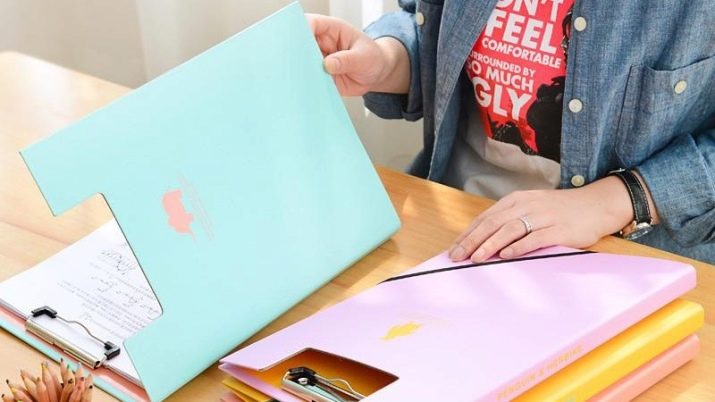
In addition, the teacher is responsible for the certification of his own office, and for conducting the prescribed briefings.
A teacher of art is a teacher, in the "department" of which there are objects and, possibly, circle directions of the aesthetic cycle. So, this subject has a special pedagogical mission. It should form the basis of the child’s artistic culture, develop an aesthetic and emotional-value perception of the world, develop observation, visual memory, and creative imagination. Must a teacher and instill artistic taste.
Probably one of the main tasks of the teacher is the development of the child's need for communication with the context of fine art. It is this teacher who can do so that for a student contact with art is a personally significant value. Not all children will be able to really learn how to draw well, but everyone should immerse themselves in this experience, try their hand. But not even drawing is the main goal of teaching, but another, emotional and artistic understanding of the world with which the child can be introduced.
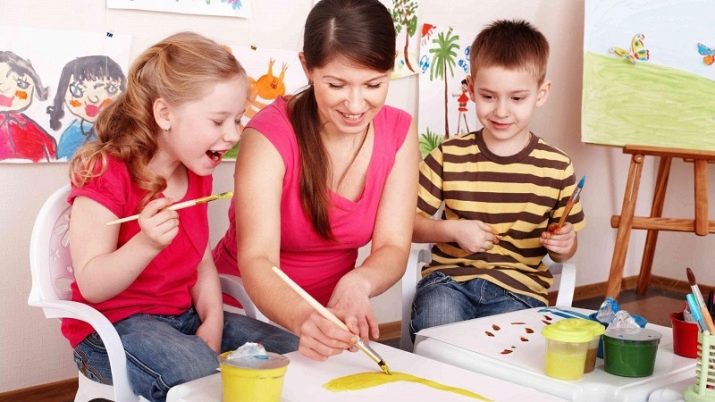
Requirements
A lot of professional requirements are put forward to the teacher of fine arts. But personal qualities are important for the person of this profession.
Skills
The teacher must be able to work with documentation and follow the requirements of regulatory documents. He should be familiar with the priority areas and prospects for the development of pedagogical science of his country.
In addition, the drawing teacher should:
- know the methodology of teaching your subject and educational work;
- to involve modern pedagogical technologies in practical experience;
- know pedagogy, the basics of child physiology and psychology;
- be able to work with a PC, printer, projector, text editors, presentations, browsers;
- maintain discipline in the classroom;
- Be prepared for integrated classes.
Of course, today a teacher must engage in self-education. Only such continuous self-development can allow him not only to remain in the profession, but also correspond to the current educational request.

Personal qualities
One of the main qualities that a person who wants to connect life with pedagogy should be empathy.The ability to empathize, the ability to put yourself in the place of another person, to feel him and help, is very important for the teacher.
It’s also good if an art teacher has the following qualities:
- initiative - without this, the creative process at school is difficult to imagine;
- tact - helps to resolve acute conflicts and avoid them;
- attentiveness - you need to see each child in the lesson;
- responsiveness is one of the basic qualities of a teacher who is respected for children and the team;
- organization - without it, it’s difficult to deal with a lot of documentation, ongoing contests, as well as create interesting lessons in this mode.
It will be hard at school for people who are not used to working in multitasking mode, are afraid of critics and are not able to find a common language with children.
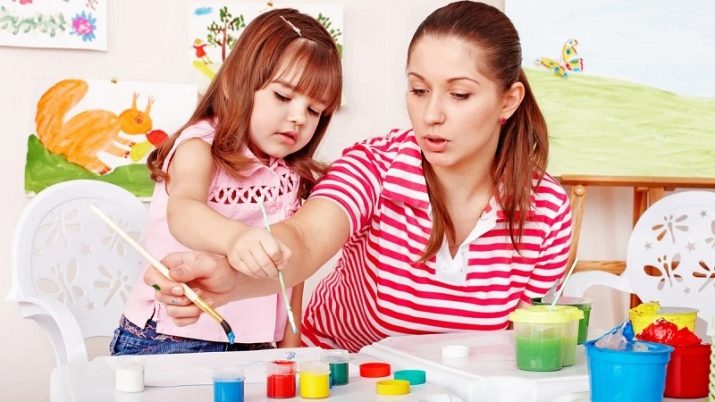
Rights and Responsibilities
The main responsibility is the life and health of children. Classes should be organized so that nothing threatens this. The teacher is responsible for the quality of his work, for compliance with the curriculum and the goals of the educational institution. The condition of the office, the safety of furniture, demonstration material, technical equipment in the office - also in the zone of responsibility of the teacher. A drawing teacher has the right to draw up the author’s lesson plans, use various forms, techniques, technologies and techniques that can effectively explain the program material.
The teacher also has the right:
- give the children instructions for maintaining discipline in the classroom;
- make suggestions on optimizing the conditions of the educational process in the class of fine arts;
- apply for advanced training;
- to protect professional honor and dignity;
- on promotion;
- on social benefits and what relies on a specialist contract (shortened working week, extended leave, social guarantees, long-term pension, etc.).
An ordinary teacher has the right to manage an educational institution to the extent that the Charter implies. This means that the teacher can participate in collective decision-making, put forward his own ideas in the interests of the school and the educational process, etc.

How to get an education?
A significant plus if in the school years the future teacher was educated at an art school. Further, he can go either directly to the university (state or commercial), or study at a teacher training college, where the additional specialization can be “The teacher of fine art” or “The head of the circle of fine art”. Subsequently, having received a secondary special education, a young teacher can continue to specialize in a university for a reduced period of study.
Becoming a drawing teacher is not so difficult: passing grades in a university are not the highest. This education is available for children who could not enter, for example, at Design, but don’t want to waste time and decide to submit documents to the pedagogical university.
By registering with the tax authorities as a tutor, a drawing teacher can give private lessons at home. So today they teach children who, for various reasons, cannot attend art schools and studios.
